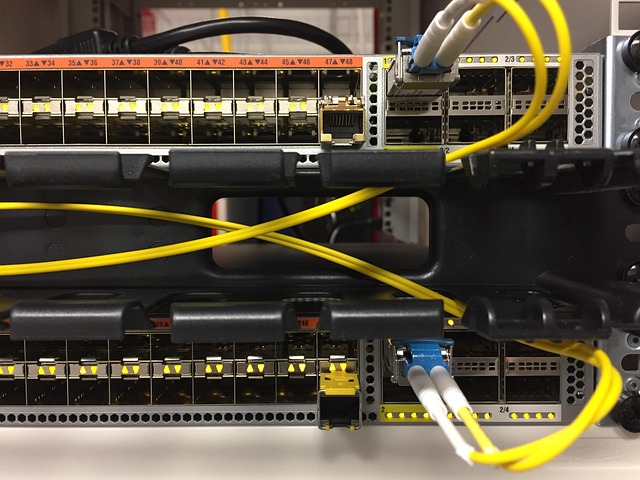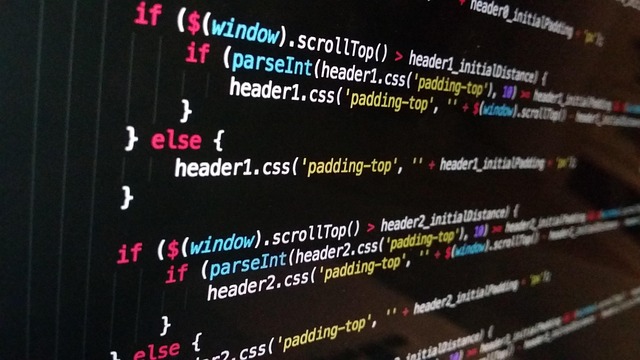Understanding the Impact of Social Media on Your School Network
In today’s digital age, social media has become an integral part of students’ lives. Platforms like Facebook, Instagram, and Twitter offer opportunities for connection, creativity, and collaboration. However, they also pose significant risks, particularly when it comes to protecting your school network. Understanding the impact of social media is crucial for educators and administrators who aim to create a safe and secure online environment for their students.
The Double-Edged Sword of Social Media
Social media serves as both a tool for engagement and a potential vulnerability for school networks. On one hand, it fosters communication and allows students to share ideas and resources, enhancing their learning experience. On the other hand, the same platforms can be breeding grounds for bullying, misinformation, and security threats that directly affect the integrity and safety of a school network.
Risks Associated with Social Media Use in Schools
The unregulated use of social media can lead to several challenges. For instance, cyberbullying can escalate quickly, affecting students’ mental health and leading to a toxic school environment. Moreover, inappropriate sharing of personal information can result in privacy breaches, putting both students and the school at risk. Additionally, malicious activities like phishing or hacking might occur when students inadvertently make connections with the wrong individuals online.
Building a Culture of Awareness
To combat these risks, schools should prioritize education around responsible social media use. Workshops and programs can equip students with the knowledge to navigate social media safely. Teaching them about privacy settings, the importance of reporting suspicious activities, and recognizing harmful content will empower them to be proactive rather than reactive. A well-informed student body can significantly reduce the potential for incidents that could threaten the school network.
Implementing Strong Security Measures
Moreover, schools must adopt robust security strategies to safeguard their networks against the negative impacts of social media. Ensuring that firewalls, antivirus programs, and monitoring software are up-to-date can help mitigate risks. Regular audits of data protection policies should also be performed to ensure compliance and address any vulnerabilities that may arise from evolving technologies.
Encouraging Positive Use of Social Media
It’s equally important to promote the positive aspects of social media. Schools can encourage students to use social media platforms for academic collaboration, community building, and positive self-expression. Initiatives highlighting success stories of students who leverage social media for constructive purposes can shift the narrative toward responsible use and community enhancement.
While social media continues to be a dominant force in the lives of students, understanding its impact on the school network is essential. By adopting a proactive approach that balances awareness, education, and security, schools can harness the power of social media while protecting their most valuable asset: their community.



